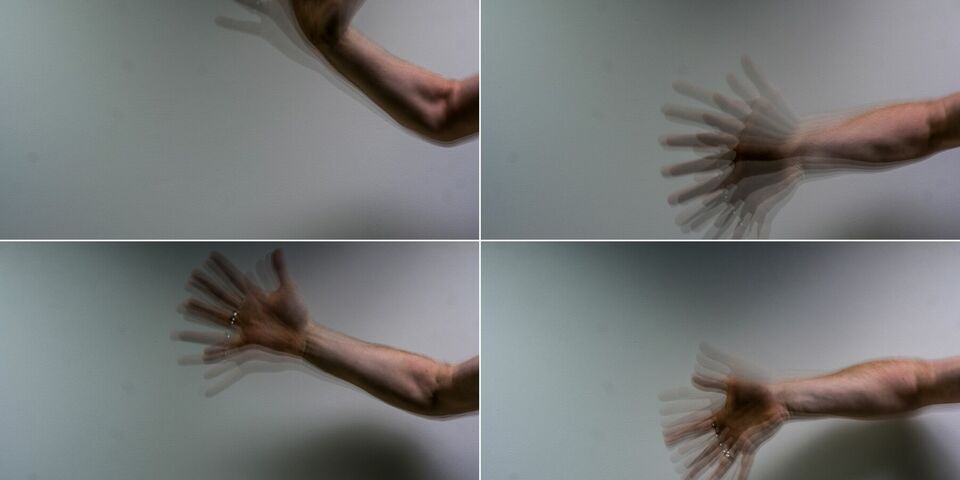Understanding stroboscopic visibility
Light emitted by LEDs can flicker or exhibit a stroboscopic effect, which can lead to annoyance, fatigue and even headaches. Researchers at TU/e's Human Technology Interaction-group and Signify determined the characteristics of light at which the human eye no longer perceives these unwanted effects. The model developed allows lighting manufacturers to test for these undesirable effects while designing their LED products. Gosia Perz will be awarded a PhD for this research at TU/e on February 5th.
The electricity that we use in Europe when plugging different home appliances, televisions and lamps into wall sockets is alternating-current (AC) power supply that changes at 50 cycles per second (50 Hertz). “Incandescent lamps need to become hot in order to emit light, and since the thermal processes are rather slow, we can’t see that the light is fluctuating,” explains Gosia Perz, “But the reaction of LEDs to the driving current is very fast, almost instantaneous, which can lead to visible side effects caused by fluctuating light.”
Most LEDs are not operated directly from the mains, but they contain a piece of electronics - a driver - that regulates the current flowing through a LED. This driver can reduce the current fluctuations to prevent the visibility of side effects. However, this requires a trade-off with other features of drivers, such as cost, size, reliability or efficiency. “As a result, different designs of drivers can lead to varied levels of unwanted effects in the emitted light of LEDs,” says Perz.
“What you don’t see, won’t affect you”
Flickering is immediately visible, but the so-called stroboscopic effect is more difficult to observe if you don’t know what to look for. Perz: “This effect is visible as a series of still images when fluctuating light illuminates a moving object. In its extreme form this effect is often used in discotheques.” The human eye does perceive this effect and it can influence our perception of lighting quality, leading to annoyance and irritation, but also headaches.
Perz: “It’s important to determine when stroboscopic light is still perceptible to people. Research in this area indicates that exposure to fluctuating light induces biological responses, possibly affecting health, only when the flicker or the stroboscopic effect are visible. In short; what you don’t see, won’t affect you.” She adds: “Manufacturers want to know what people do and do not perceive, so they can make informed choices when designing their drivers.”
Test your own LEDs for the stroboscopic effect
If you know what to look for, it is very easy to determine whether a LED has a stroboscopic effect. Swing a pen up and down quickly in front of your lamp. Then swing the pen up and down in front of the window - just as quickly. If you see no difference, the driver in your LED is designed so that no stroboscopic effect is visible. If you see a continuous blur in front of the window, while you see a series of still images in front of the lamp, then you will have found the stroboscopic effect in the driver of your LED.


Discussion